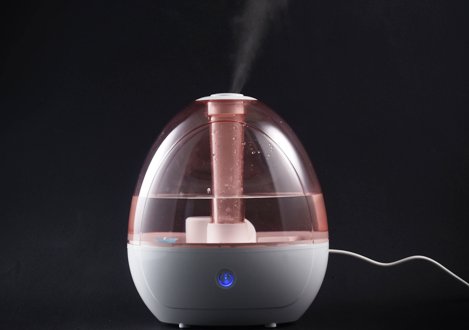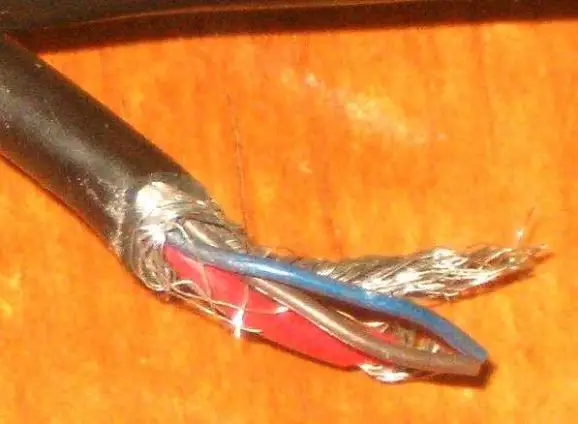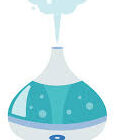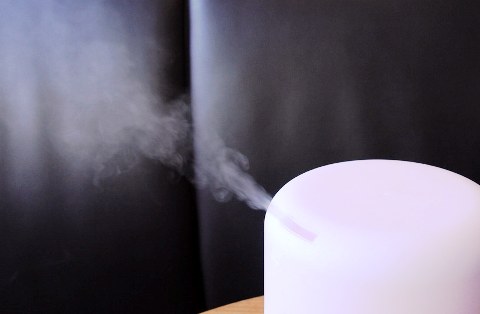Aircare Humidifier Not Producing Mist: 9 Causes & Fixes You Can Do Easily
I have owned an Aircare humidifier for close to 5 years now. It is hardy and effective. However, like other units, it too has its fair share of troubles.
I have experienced the problem of Aircare humidifiers not misting a few times, and I have managed to repair it on my own all of those times.
Nothing can be as frustrating as waking up to a humidifier that is not working, meaning it could be running but not misting.
Many things can cause this issue, but the good thing is that you can fix most of them on your own.
Humidifiers are not too different in operation and design, so you can even follow the steps I provided in my post on Levoit humidifier not working, Crane humidifier not working, and others.
Aircare humidifier not misting: 9 possible reasons

I have lived in a dry place for almost all of my adult life, and so using a humidifier has been a necessity through all seasons.
Over that time, I have learned a few reasons why humidifiers fail to raise the humidity level.I am sharing these causes with you here:
1. Low level or no water in the tank
As I usually say in all of my humidifier troubleshooting posts, always start with the simplest checks. In the case of the humidifier not making a mist, check the water level in the tank.
I have found out that my Aircare humidifier stops working when there is an inch or two of water left in the tank.
Solution: If there is little or no water in the tank, I stop the humidifier, unplug it, remove the tank, and add distilled water. I do not use tap water in the humidifier because ours has too much mineral content. Besides, I have had to contend with humidifier white dust before, and I didn’t like it.
If you see an Aircare humidifier red light alert, the tank is empty!
2. The humidifier is not misting because it is clogged
I have experienced this problem once, and I almost pulled out my hair trying to think what it could be. Usually, what happens in such cases is that the humidifier runs but the water level does not go down!
If you put your hand against the nozzle (where mist is supposed to come out), you cannot feel any mist coming out of the unit.
Using tap water causes mineral deposits to clog the nozzle. If you see signs of mineral scale on the walls of the tank, check the nozzle too.
Solution: Unplug the humidifier, add a gallon or more of water depending on the size of your humidifier, to the tank, and then add two cups of white vinegar. Also, add water and vinegar to the base of the humidifier. Let the tank and the base stay for some time to descale the minerals. Swish the vinegar-water solution in the humidifier around to get to all corners, including the nozzle, and then pour it out and rinse with clean water.
Use distilled water in the unit or use a demineralization cartridge in the humidifier tank.
3. There is already enough humidity in the room
To raise the humidity in the room, the damp air moves from the high-humidity place (in this case the humidifier) to the low-humidity place (in this case the surrounding air).
But what happens when the humidity of the surrounding air is already high enough? The humidifier will not release mist, especially if it has a humidistat.
Even if it does not have one, it might keep releasing mist, but you will not feel a change in the humidity level because it is already high.
Remember, too high a humidity level in the house will lead to the growth of mold, and exposure to this allergen can lead to mold toxicity symptoms in children and adults.
Solution: Use a hygrometer to find out the humidity level of the room. If it is above 50%, switch the humidifier off until the humidity level goes to 30% or below.
4. Poor humidifier placement
This is a very common problem. Knowing where to position a humidifier is very important. If you place it with the nozzle facing the furniture or the wall, it will spray the mist, but it won’t spread well all over the house.
In the same way that you have to keep a humidifier 3 feet from plants, and maintain the same distance inside the house.
Solution: Keep the humidifier at the center of the room if possible. If not, keep it at least two feet from the wall or any furniture, and make sure the nozzle faces the center of the room.
5. Dirty or worn-out air filter
A dirty air filter is going to prevent the humidifier from producing mist. Read the humidifier instructions to know how often you should clean the filter and when to replace it.
A worn-out humidifier filter is a serious threat to your health. If it does not capture pollutants and bacteria, you will end up breathing them out as they will be pumped out with the mist.
Solution: Always check the air filter of your humidifier and clean it on time. Also, replace it as advised, even earlier if you use your humidifier more often.
6. The water is too cold
During the winter, the dry air in the house causes many symptoms, which prompts you to switch on the humidifier.
But then, the water temperature is much lower in winter than in summer. Most humidifiers, including Aircare, do not work with very cold water. They are not going to dispense the mist.
Solution: Warm the water a little and see whether that solves the problem. Remember, just warm it a little. There is no need to boil water for the humidifier as it is quite pointless.
7. The tank is not attached properly
Portable humidifiers will fail to work if the tank is not attached properly. For most of them, you have to remove the tank to clean and refill it. It is paramount that you attach it properly. If it sits a little sideways, it is not going to work.
Solution: Just unplug it, remove the tank, and put it back properly.
8. Dirty and worn-out humidifier
It is hard to tell how a worn-out humidifier that has served you for more than 7 years will behave. Sometimes it will be good, and sometimes it will just fail to work. A dirty humidifier causes illness and works erratically.
Look out for indications of mold in the humidifier, which comes in the form of gray, pink, or black slime in the water.
Black mold in the humidifier is especially notorious for causing illnesses among your family members.
Solution: Always clean your humidifier at least three times a week, or if you use it daily, clean it once a day. If it has served you for more than 5 years and has started to fail, start budgeting for a new one.
9. Busted power cord

It is not going to happen often, but then, do not rule anything out! Plugging the humidifier into a faulty socket will stop it from working.
Check my article on: Humidifier sickness symptoms
Also, a busted power cord will stop it from working. At times, you might think you have plugged it in, only to find that it is not fully pushed in.
Solution: Plug the humidifier into another socket and see whether it works. If it does not, smell the power cord. If there is a smell of burning plastic, it might need changing.
Wrapping it up
As I told you in the opening paragraph, most of the common issues with an Aircare humidifier not misting are easy to fix.
Before you get your unit running, read the humidifier instructions manual. It contains setup, cleaning, transport, and even storage instructions. It is vital to get all of these things correct.
Change the air filter on time, and keep the unit clean all the time. If the humidifier runs but no mist comes out, a blocked nozzle is most likely to blame.
Overall, Aircare humidifiers are of superb quality. With the right care and maintenance, they will last a long time. But they, too, require a timely change or replacement of the filter and proper assembly.

